A weekend of escape to France gave me the chance to read the entertaining and informative The Verneys: A True Story of Love, War and Madness in 17th-century England by Adrian Tinniswood. (Don’t worry about the title – that’s just the publisher going a bit OTT.)
To quote: “It wasn’t just Molly, the heiress who eloped and married for love, who broke with convention; or Pen Stewkeley, the spinster who slept with and then married her sister’s unsuitable boyfriend. There was Aunt Eure, the widow who scandalised the Verney’s entire social circle by marrying a Roman Catholic; Sir Ralph’s sister Susan, who started her married life in Fleet Prison; Peg Elmes, who decided to separate from her violent husband , and Pen Denton, who according to the family broke her heart for joy when hers died. Mall became pregnant by a servant and eventually married him. Betty ran away with a poor clergyman. Even Cary, the ultra-genteel Cary, contrived to flout orthodoxy in her own small way by insisting on retaining her first husband’s name when she married her second… It was only Sir Ralph’s wife and mother who didn’t rebel. And they didn’t need to; both women were in successful and intimate relationships with head of the family – and both were in positions of power as a result of those relationships.
…driven variously by love, passion, courage, stubbornness and a fear on spinsterhood, they simply refused to do what they were told but .. they demonstrate that no matter what commentators said about the submissive position of women in 17th-cenury England, the reality of individual experience was at once more complicated and more compelling. (p. 478)
And there’s also news that the US today isn’t quite so bad at murders as was the England of the period…
Historical homicide rates are notoriously unreliable, but recent estimates suggest that in Restoration England they stood at around six per 100,000 of the population – more than four times the current rate in the United Kingdom in the first years of the 21st century, and about 10 per cent higher than current rates in the United States.(p. 406)
And a Google search doesn’t throw up anything on her, but it sounds like there’s a great story behind this career woman:
There was only one place to stay in Florence if you were an Englishman in the 1650s- Signora Anna’s house, close by Brunelleschi’s Santa Spirito on the south bank of the Arno. Anna, who only took English travellers, was a Florentine institution: Dr Kirton recommended Sir Ralph go straight to the lodgings … when he arrived in the city; the author of Sir Ralph’s “Directions for travel” agreed, saying that she ‘entertains her countrymen like princes, both for chamber and diet’. (p. 264)


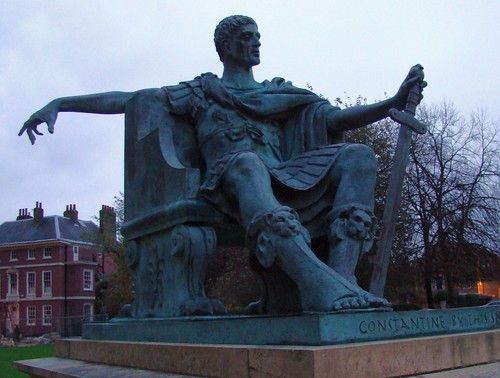
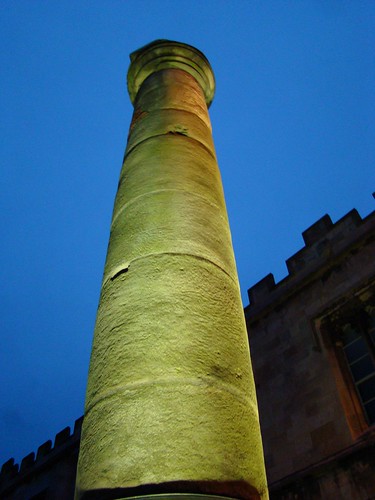
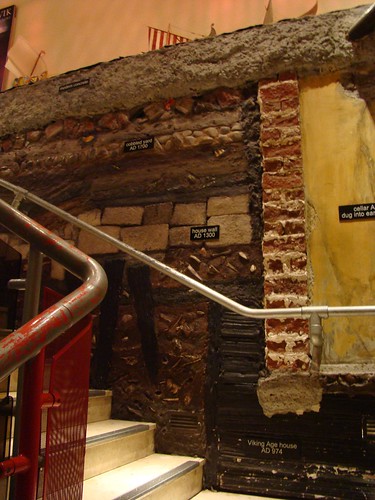

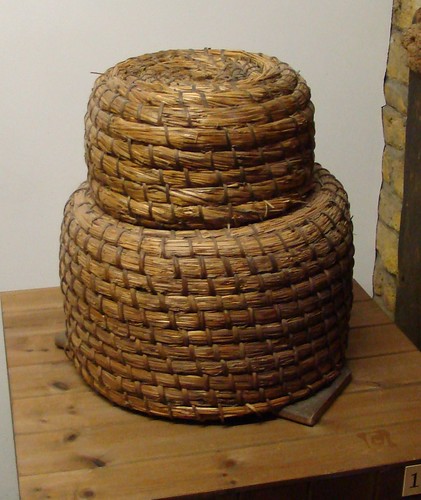
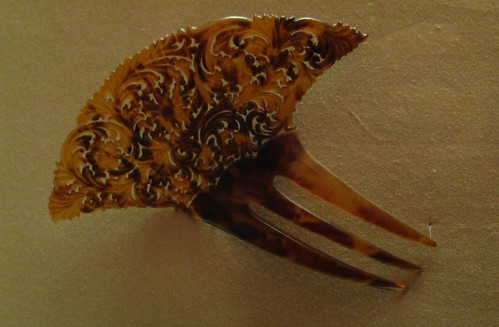

 About
About